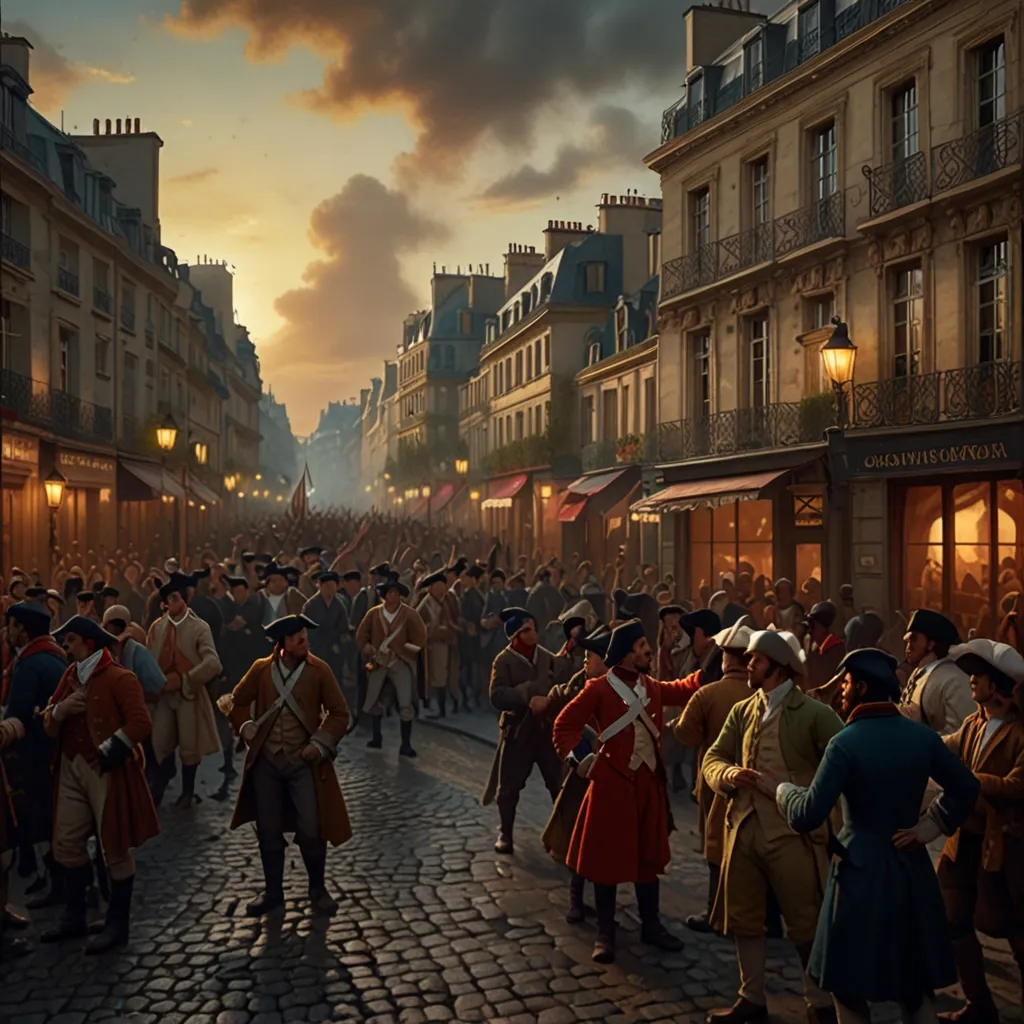The Chernobyl disaster is one of the most infamous nuclear accidents in history, occurring in April 1986 at the Chernobyl Nuclear Power Plant in Ukraine. This catastrophic event had far-reaching consequences, both immediate and long-term, and it remains a significant topic of discussion and study today.
The Chernobyl Nuclear Power Plant
The Chernobyl Nuclear Power Plant was located near the city of Pripyat, about 10 miles northwest of Chernobyl and 65 miles north of Kyiv, Ukraine. The plant consisted of four RBMK reactors, each capable of producing 1,000 megawatts of electric power. The reactors were built between 1977 and 1983 and were part of the Soviet Union’s extensive nuclear power program.
The Disaster
The disaster occurred on April 25-26, 1986, during a safety test on reactor Unit 4. Technicians attempted to determine how long the turbines would spin and supply power to the main circulating pumps in the event of a loss of main electrical power supply. However, the test was poorly designed and executed. Workers shut down the reactor’s power-regulating system and its emergency safety systems, and they withdrew most of the control rods from the core while allowing the reactor to continue running at 7 percent power. These actions led to a power surge, causing a chain reaction that went out of control.
At 1:23 am on April 26, the reactor exploded, triggering a large fireball and blowing off the heavy steel and concrete lid. This explosion and the ensuing fire in the graphite reactor core released massive amounts of radioactive material into the atmosphere. The radioactivity was carried by air currents over a wide area, contaminating millions of acres of forest and farmland.
Immediate Aftermath
The immediate response to the disaster was chaotic. The 30,000 inhabitants of Pripyat were evacuated on April 27, but the evacuation was delayed, and many people were exposed to dangerous levels of radiation. The Soviet government initially attempted to cover up the accident but eventually admitted to it after Swedish monitoring stations reported high levels of radioactivity.
Containment Efforts
By May 4, the heat and radioactivity leaking from the reactor core were being contained, albeit at great risk to the workers involved. Radioactive debris was buried at temporary sites, and later in the year, the highly radioactive reactor core was enclosed in a concrete-and-steel sarcophagus. This structure was later deemed structurally unsound and required further reinforcement.
Human and Environmental Impact
The disaster had a devastating impact on human health and the environment. Two people were killed in the initial explosions, and dozens more contracted serious radiation sickness, leading to additional deaths. The radioactivity released was several times more than that from the atomic bombs dropped on Hiroshima and Nagasaki, contaminating a vast area across Belarus, Russia, and Ukraine. The fallout reached as far as France and Italy, causing widespread contamination.
The Chernobyl Exclusion Zone, a circle-shaped area with a radius of about 18.6 miles centered on the nuclear power plant, was created to contain the radioactive contamination. This zone covered an area of about 1,017 square miles and was later expanded to 1,600 square miles to include heavily radiated areas. The exclusion zone remains largely uninhabited today, although scientists and tourists occasionally visit with permits.
Long-Term Consequences
The long-term impacts of the Chernobyl disaster are still being studied and felt. The accident led to significant changes in nuclear safety regulations worldwide and heightened resistance to nuclear power. Chernobyl Units 2 and 3 were eventually shut down, with Unit 2 closing after a fire in 1991 and Unit 3 operating until 2000.
The economic and political toll of the disaster was immense. It is estimated to have cost around $235 billion in damages, with Belarus losing about a fifth of its agricultural land. The disaster also contributed to the end of the Soviet Union and fueled a global anti-nuclear movement.
Wildlife and Tourism
Interestingly, the exclusion zone has become a unique wildlife sanctuary. With the absence of human activity, many species have thrived, including wolves, lynxes, and elk. The area has also become a popular destination for “dark tourists” who are fascinated by the history and danger of Chernobyl.
Conclusion
The Chernobyl disaster was a tragic event that highlighted the dangers of nuclear power and the importance of safety protocols. It has left a lasting impact on the environment, human health, and global policies. As we continue to learn from this disaster, it serves as a stark reminder of the need for vigilance and responsible management in the nuclear industry.






